The Remaining Natural Hot Springs of Hot Springs National Park, Arkansas
The thermal springs of Hot Springs National Park are situated in the Ouachita Mountains of outer Arkansas. The springs emerge in a gap between Hot Springs Mountain and West Mountain in an area about 1,500 feet (460 m) long by 400 feet (120 m) wide at altitudes from 576 to 683 feet (208 m). The springs predominantly are composed of hot water from thousands of feet underground mixed with some shallow cold ground water. Currently, there are 43 thermal springs in the park that are presumed to be flowing. Thermal water from 33 of the thermal springs is collected and monitored at a central reservoir, which distributes the combined discharge for public use and consumption. Rock types in the area include shale units which generally impede ground-water movement, while fractured chert, novaculite, and sandstone units generally support ground-water movement.
The water comes from rain which falls in mountains to the north and northeast. Flowing downward through cracked rock at about one foot a year, the meteoric water migrates to estimated minimum depths of 4,500 to 7,500 ft (2,300 m) and achieves high temperatures in the deep section of the flow path before rising along fault and fracture conduits. Under artesian pressure, the thermal waters rise and emerge through the Hot Springs Sandstone between the traces of two thrust faults, along several northeast-trending lineaments. Some rainwater from near the springs mixes with the deep hot water before discharge. The trip down takes about 4,000 years while the hot water takes about a year to reach the surface.
The heat comes from the natural heating of rocks as depth increases. The composition of the water indicates it is heated rainwater which has not approached a magmatic source, so no volcanic action is involved in the formation of these hot springs. The result is the mildly alkaline, pleasant tasting solution with dissolved calcium carbonate.
The exposed rock types in the vicinity of the thermal springs are sedimentary rocks of Mississippian to Ordovician age, with the exception of younger igneous rocks (Cretaceous age) exposed in two small areas about 6 and 11 miles (18 km) southeast of the thermal springs (Potash Sulphur Spring and Magnet Cove, respectively), and in many very small dikes and sills. Most dikes are less than 5 ft (1.5 m) wide. There have been 80 dikes noted about 4 miles (6.4 km) southeast of Hot Springs, on and near the Ouachita River. There is no indication that igneous rock occurs where the thermal springs discharge.
en.wikipedia.org/wiki/Hot_Springs_National_ParkRelevante Bilder










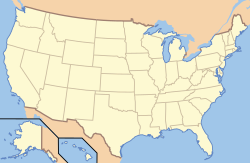


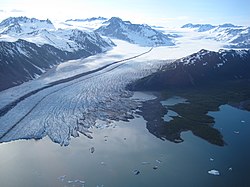




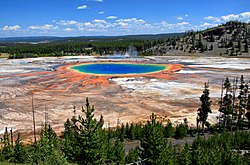




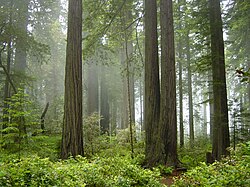

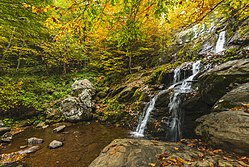
















Relevante Artikel
Nationalparks in den Vereinigten StaatenDie Vereinigten Staaten haben eine Vielzahl von Nationalparks eingerichtet. Weitere Schutzgebiete sind nationale Denkmäler (National Monuments), historische Parks, Gedenkstätten, Erholungsgebiete, Flüsse und Küstenabschnitte. Alle Nationalparks und ein Teil der anderen Schutzgebiete werden vom National Park Service verwaltet, einer Behörde im Geschäftsbereich des US-Innenministeriums. .. weiterlesen
